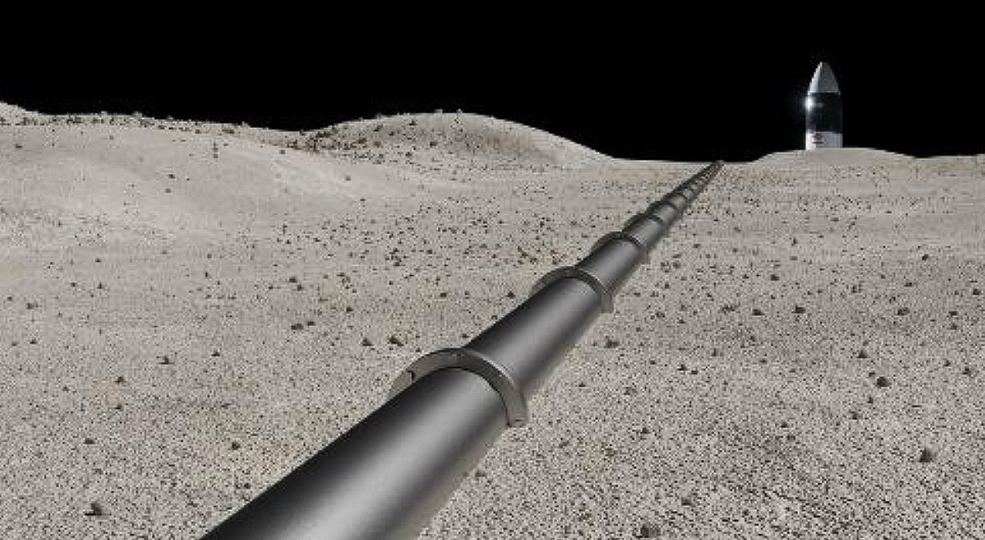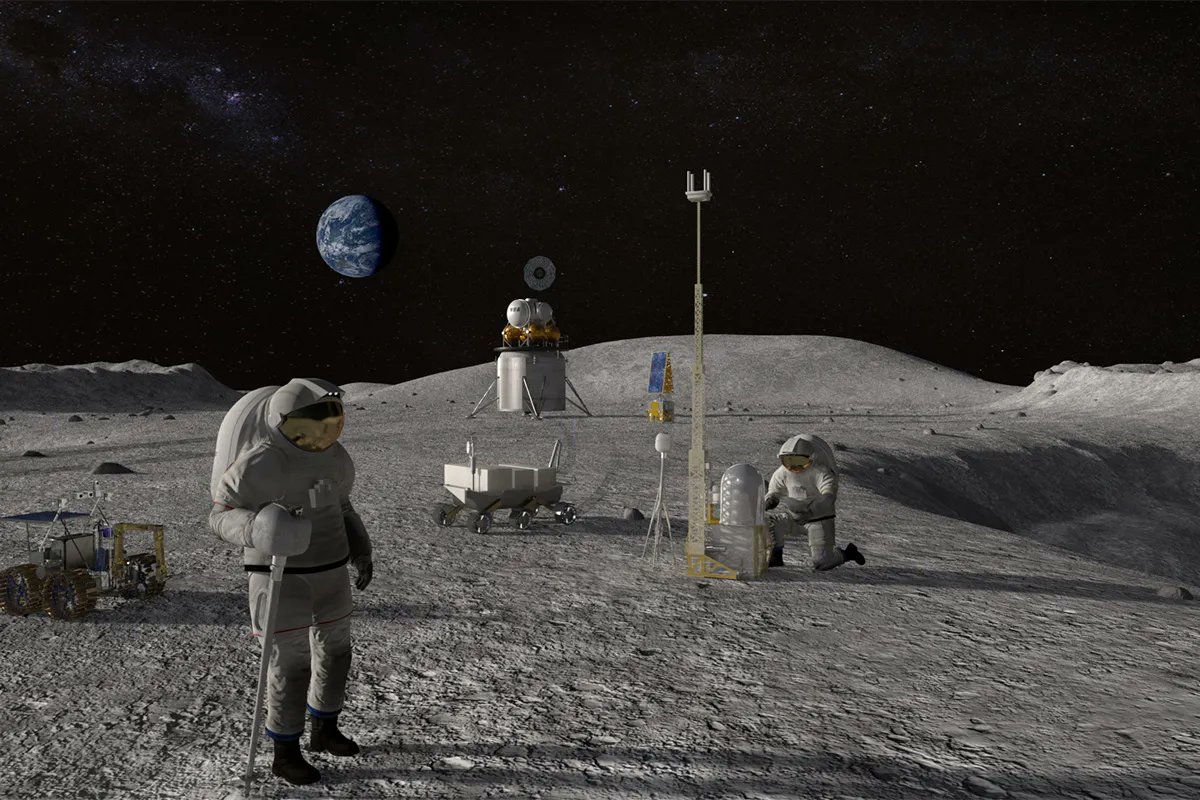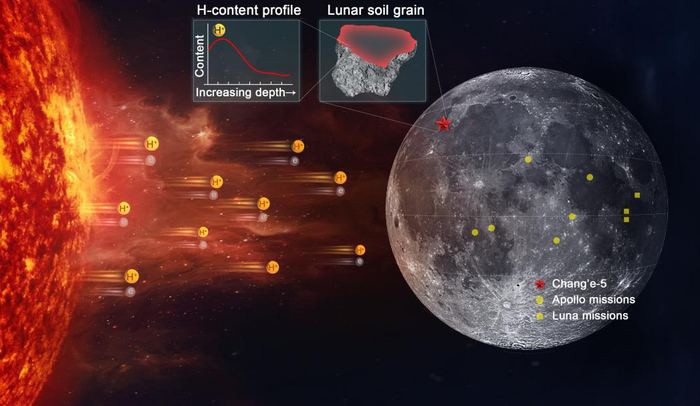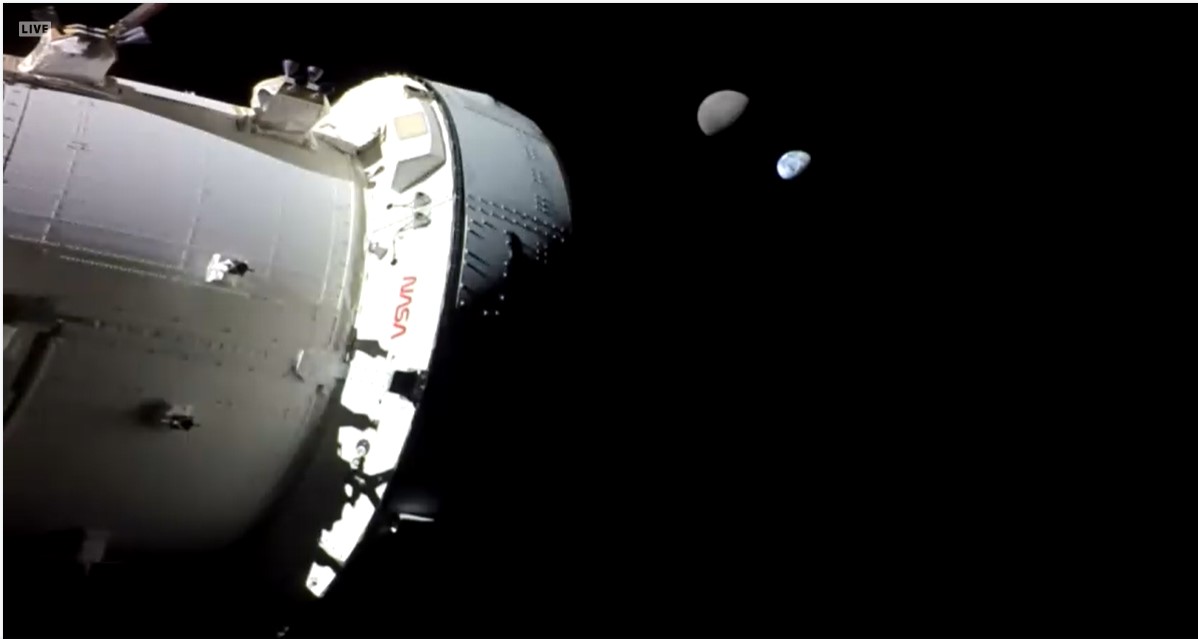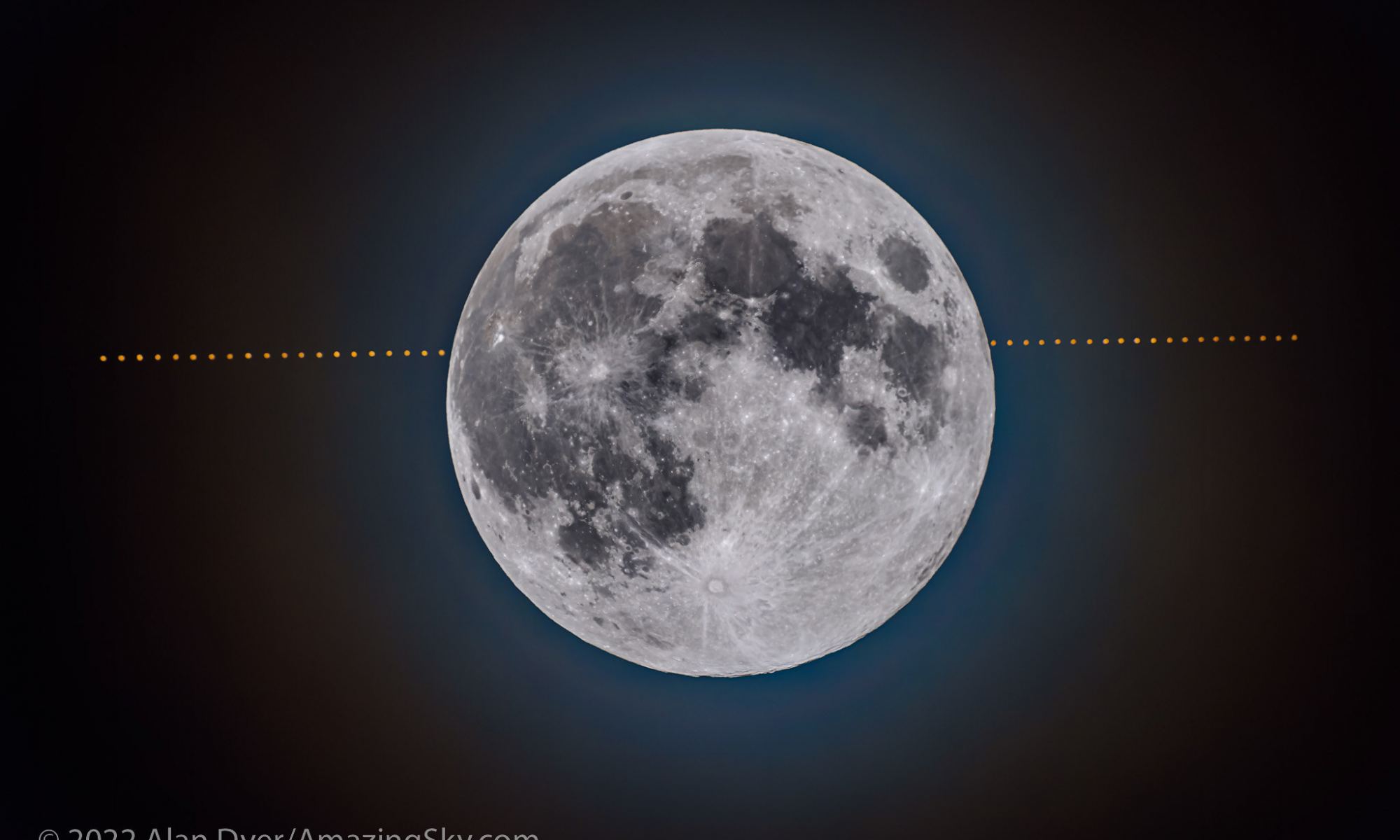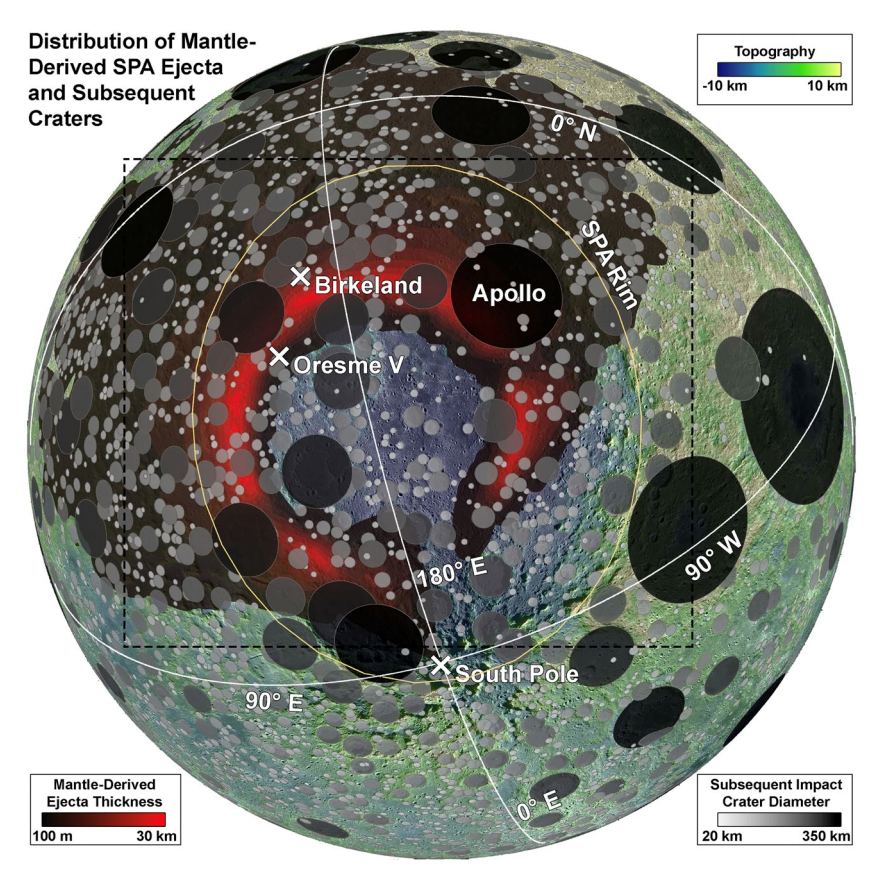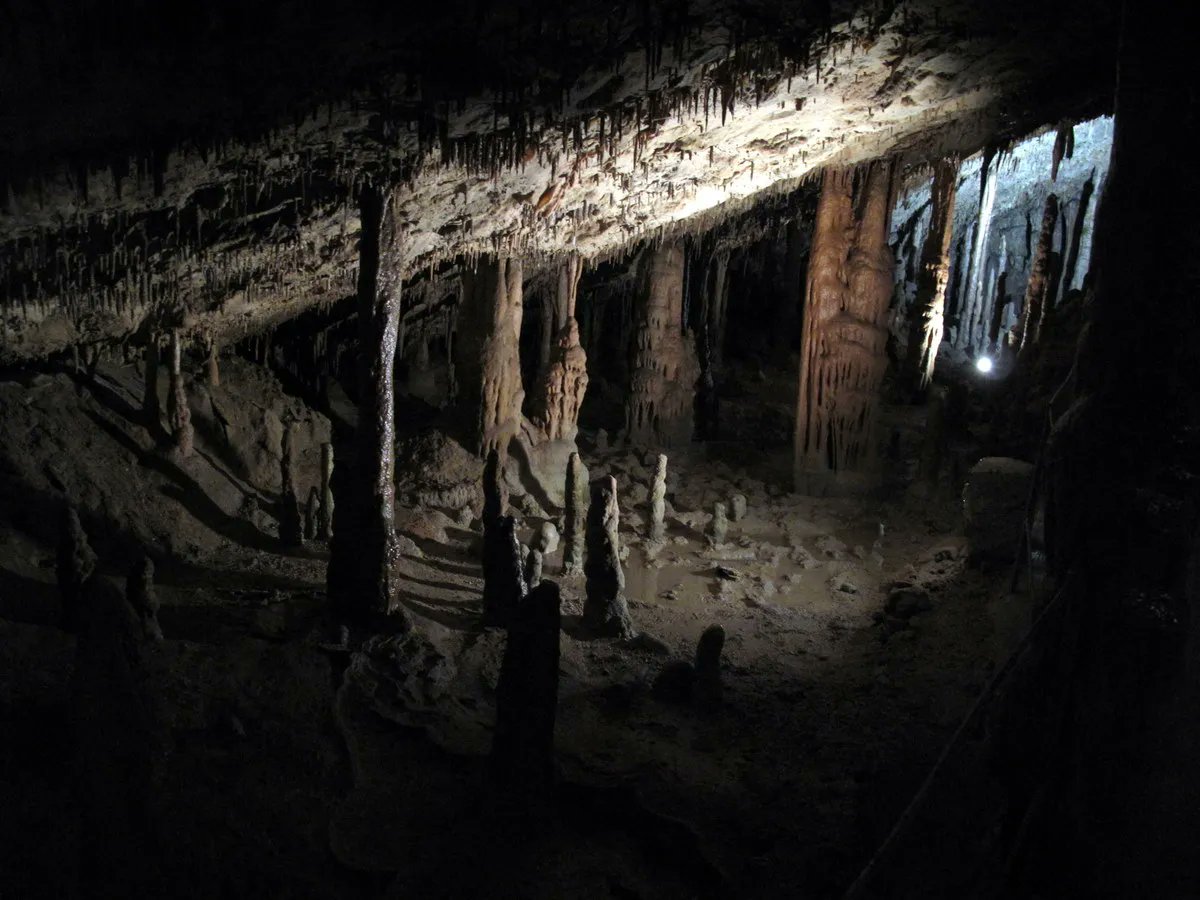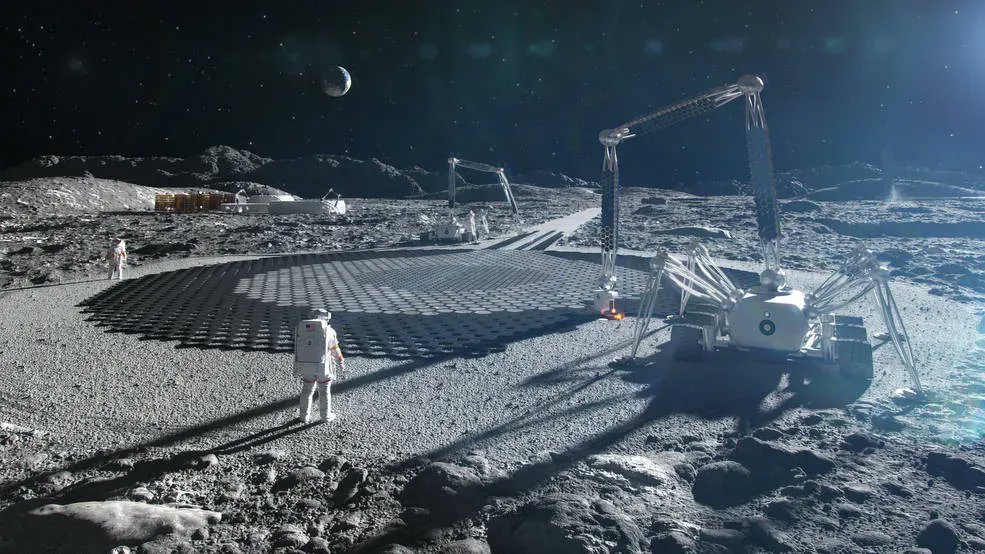Last week gave us a celestial triple header, all in one night. The Moon was full and Mars was at opposition (at its closest point to Earth). But the pièce de résistance was when the Moon occulted or passed in front of Mars on the evening/morning of December 7th/8th. Our astrophotographer friends were out in full force to capture the event.
Our lead image comes from prolific amateur astronomer and photographer Alan Dyer, who observed the occultation from his home in Alberta, Canada, and created this composite view of the night’s activities. “While this composite makes it look like Mars was doing the moving,” Dyer explained on Flickr, “it was really the Moon that was passing in front of Mars. But for this sequence I set the telescope mount to track the Moon at its rate of motion against the background stars and Mars, to keep the Moon more or less stationary on the frame while Mars and the background sky passed behind it.”
Here are some more great views from around the world:
Continue reading “In Case you Missed it, Here are Some Amazing Pictures of Mars Hiding Behind the Moon”

